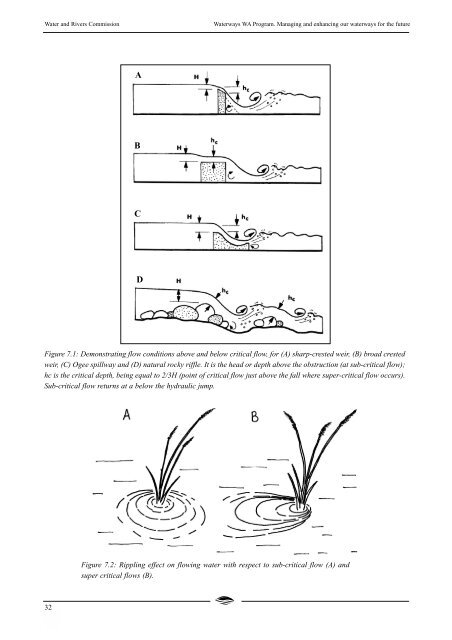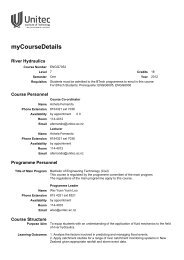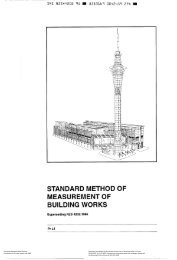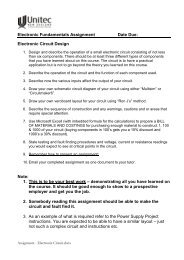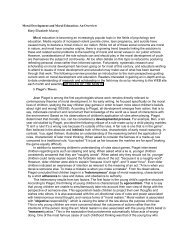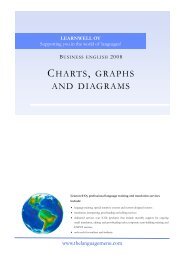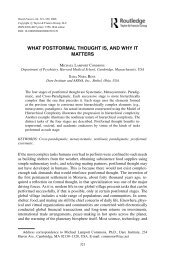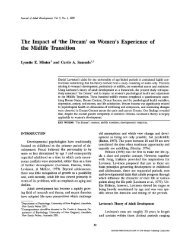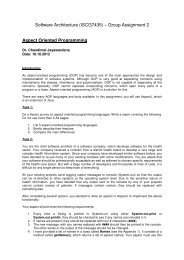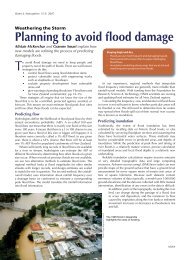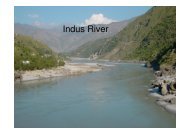7. Understanding critical flow
7. Understanding critical flow
7. Understanding critical flow
You also want an ePaper? Increase the reach of your titles
YUMPU automatically turns print PDFs into web optimized ePapers that Google loves.
Water and Rivers Commission<br />
Waterways WA Program. Managing and enhancing our waterways for the future<br />
A<br />
B<br />
C<br />
D<br />
Figure <strong>7.</strong>1: Demonstrating <strong>flow</strong> conditions above and below <strong>critical</strong> <strong>flow</strong>, for (A) sharp-crested weir, (B) broad crested<br />
weir, (C) Ogee spillway and (D) natural rocky riffle. It is the head or depth above the obstruction (at sub-<strong>critical</strong> <strong>flow</strong>);<br />
hc is the <strong>critical</strong> depth, being equal to 2/3H (point of <strong>critical</strong> <strong>flow</strong> just above the fall where super-<strong>critical</strong> <strong>flow</strong> occurs).<br />
Sub-<strong>critical</strong> <strong>flow</strong> returns at a below the hydraulic jump.<br />
Figure <strong>7.</strong>2: Rippling effect on <strong>flow</strong>ing water with respect to sub-<strong>critical</strong> <strong>flow</strong> (A) and<br />
super <strong>critical</strong> <strong>flow</strong>s (B).<br />
32


